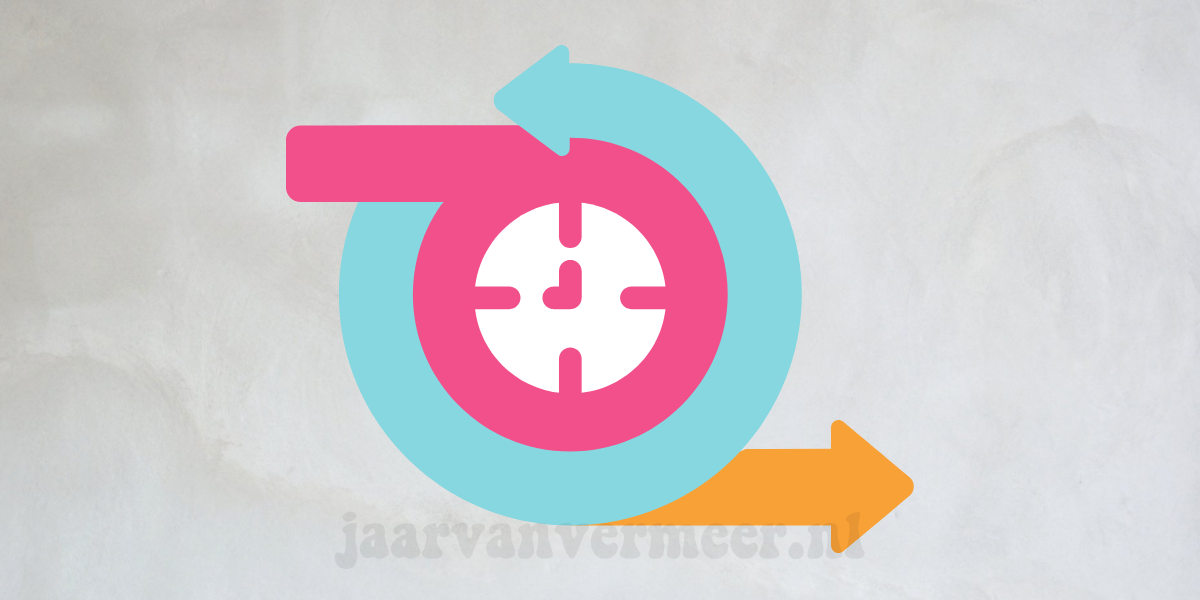
Dictionary.com defines “agile” as someone who can think quickly, is mentally sharp or alert. Sales professionals have had to deal with client rebuttals since the beginning of time. This is the biggest hurdle to revenue generation and the most challenging aspect for mediocre sales professionals.
The required defensive qualities that a great hockey goalie must have in order to be successful would be a perfect example of the above. This is because hockey goalies must adapt to changing strategies and unexpected puck placements, which can be difficult when playing on frozen water.
Recognizing and accepting the above comparison will make hiring managers more aware of the need to shift away from traditional interviewing methods. They must adopt a new interview method that seeks to determine the “Sales Agility” or business development, applicant.
After the background is thoroughly discussed, the resume will need to be turned upside-down. The interviewer must assess interpersonal intelligence, thought process, and problem-solving abilities.
Here are some tips on how to conduct this type of interview. This will help you increase your chances of finding a natural revenue-generating source. For this to work, the interviewer must warm up the applicant and let the conversation flow.
The interviewer should also make the conversation flow faster as time passes. This part of the interview can be described as the beginning of a tennis match by providing a second sports reference. The interviewer and the interviewee first have a casual back-and-forth swing, and then it’s time for the return serve.
The flow of a tennis match is a good analogy for the flow of questions. If you are right-handed, then you must wait for a left serve to return your serve.
1. Set the Tone and Make the Interview a Simple Conversation
After a thorough review of the applicant’s history, the interviewer should tell the applicant that they are open to having a casual conversation and putting aside their resume.
Interviewers should inform applicants that they may be changing conversation topics and asking questions that may be related to the topic. This will help them avoid appearing scattered-brained and odd. The interviewer should now take a deep breath, let go of all inhibitions, and relax before setting the tone for the applicant and the interviewer to begin the work.
Example Personal Question, The Interviewer, Asks You: “What are you most interested in doing on weekends?”
Example Applicant Answer: “….helping with my children’s homework …”
Example Interview Question from Response: “In Your Area, How Do You Determine Who the Best Teachers Are?” “What should you do if your student isn’t in this particular class? How do you deal with it?”
2. Intermittently ask questions during the conversation. Quick responses are possible.
You should also expect rapid responses to questions that have been thrown out of context. This is the second necessary implementation you want to put into practice during the “Agile interview” process.
The interviewer should simply tell the applicant that they need to know the answer to the question before asking it. Interviewers should stress the importance of giving quick answers.
Sales professionals must be able to perform in a similar fashion to hockey goalies who have to move in split seconds. They won’t be able to do so if they don’t. Here’s an example.
Interviewer: Bob, if I asked you to describe a company in four words or less, and without thinking, what would these variables be?
3. Ask for questions on the applicant’s end during the conversation
The interviewer will want to know if the applicant is able to think quickly and replace the questions above. The interviewer is able to see the situation from a different perspective and has a clearer view.
Sales are, by nature, the act of uncovering the needs of clients and being able to fill them. The best sales professionals are able to ask the right questions quickly and in an intelligent manner. Here’s an example.
“Bob, would you mind me asking you a question about the conversation we had?” Or “Can you tell me a few reasons why you might like our fast-paced, intelligent, and competitive corporate culture?”
4. Start by discussing the current problems in your company and getting their thoughts.
Companies are often hiring to solve current problems. These issues can be either positive or negative. If there is too much growth, the issues are more favorable. Conversely, clients who are not satisfied with their support are less fortunate. Being specific about company-related issues not only demonstrates the individual’s “Sales Agility” but also reveals how deep their industry knowledge is. Here’s an example.
Bob, we currently have distributors that cannot sell the product. However, we are selling the product ourselves. How do you think this problem can be solved since distribution companies are our lifeblood?
5. Ask for Intangible Definitions
Interviewers will gain insight into their “Sales Agility” by asking them thought-provoking but challenging to understand definitions. Here are some examples of reports you might ask during an “Agility Interview.”
A. What is leadership?
B. What is the definition of a well-run business?
C. How can you assess the potential of a subordinate?
D. What are the similarities and differences between friendship and management?